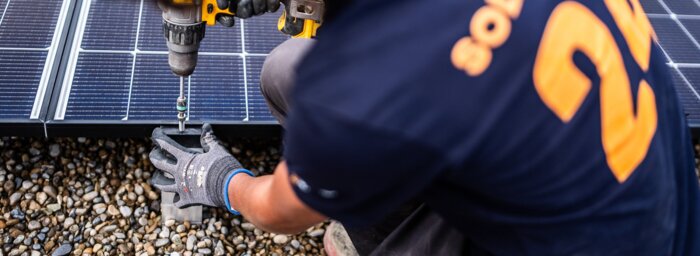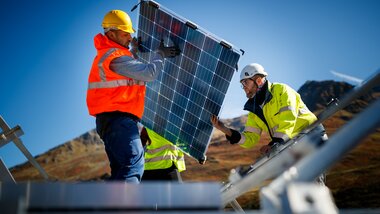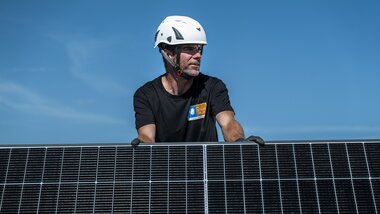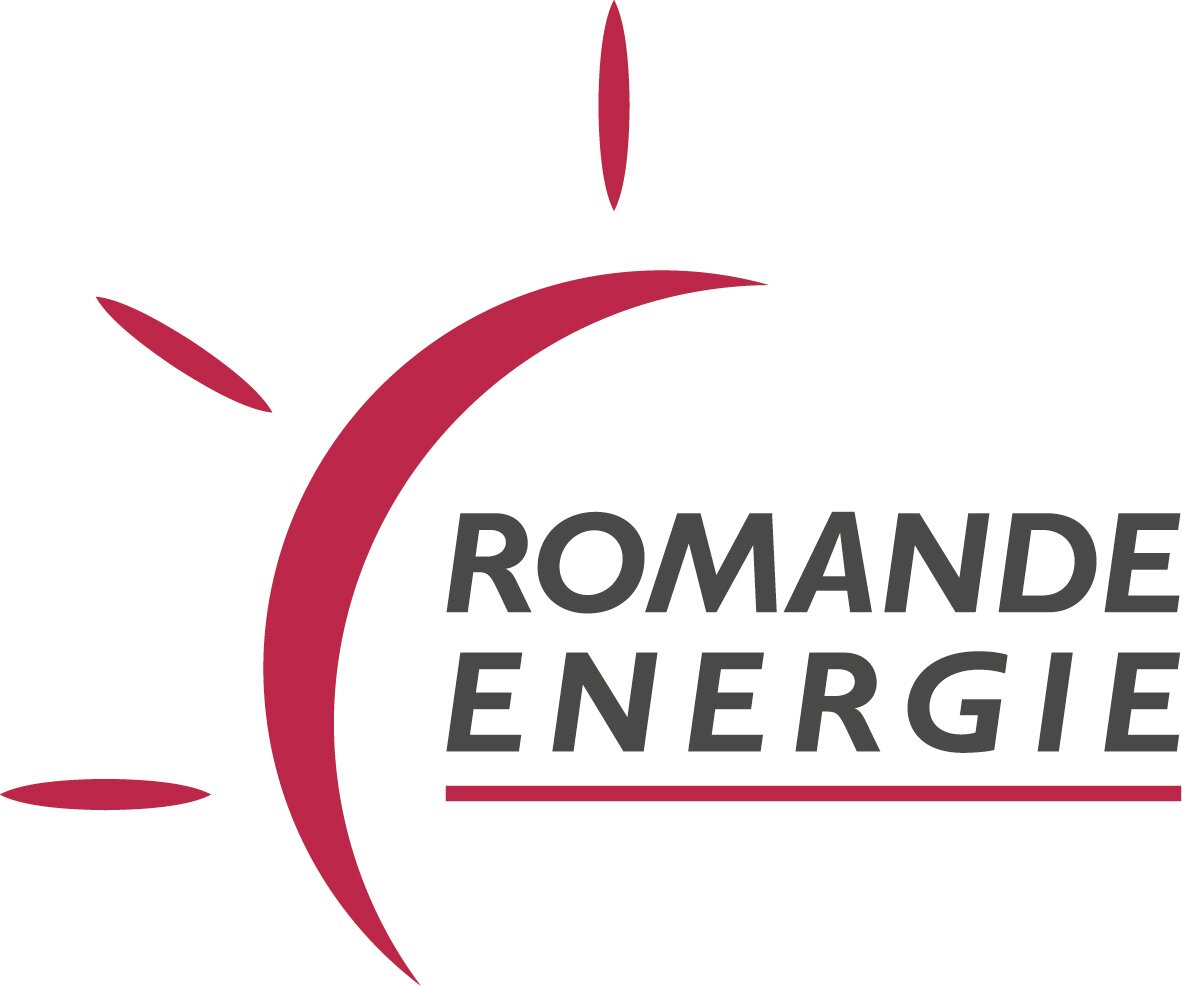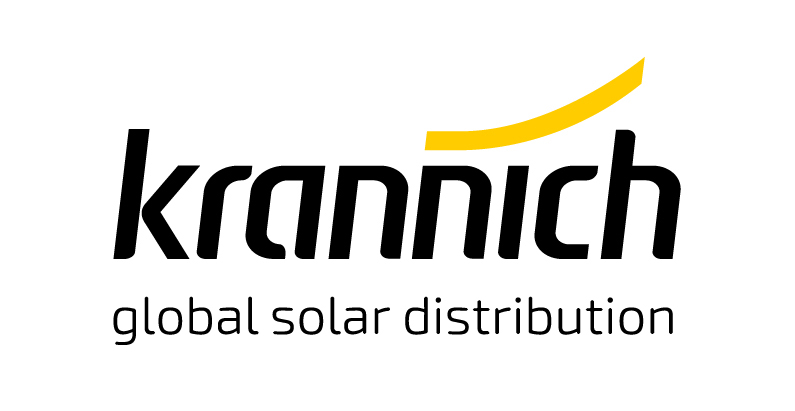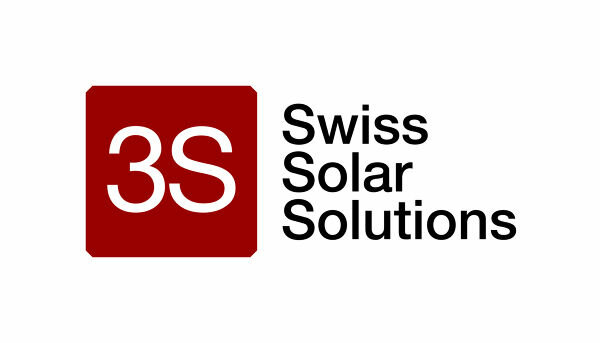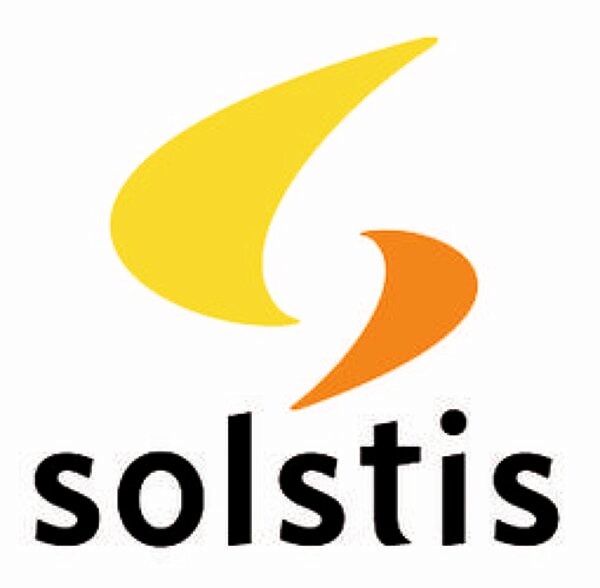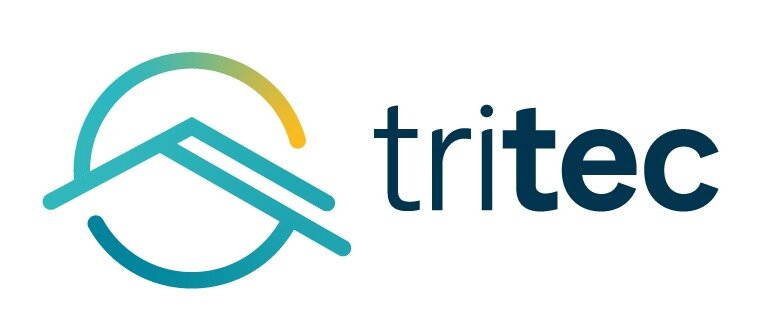Swissolar für ...
Finden Sie Ihre Informationen
Veranstaltungen und Kurse



Grundwissen zu Solarenergie
Hilfreiche Werkzeuge und Tools für Sie
Swissolar stellt verschiedene Werkzeuge und Tools zur Verfügung, die Ihnen bei der Planung und Umsetzung von Solarprojekten und bei der Ermittlung der Wirtschaftlichkeit Ihrer Anlage behilflich sein können. Folgendes steht Ihnen zur Verfügung:

Tragen auch Sie aktiv zum Ausbau der Solarenergie in der Schweiz bei, und werden Sie Mitglied bei uns.
Als Swissolar-Mitglied sind Sie aktuell informiert und bestens beraten.
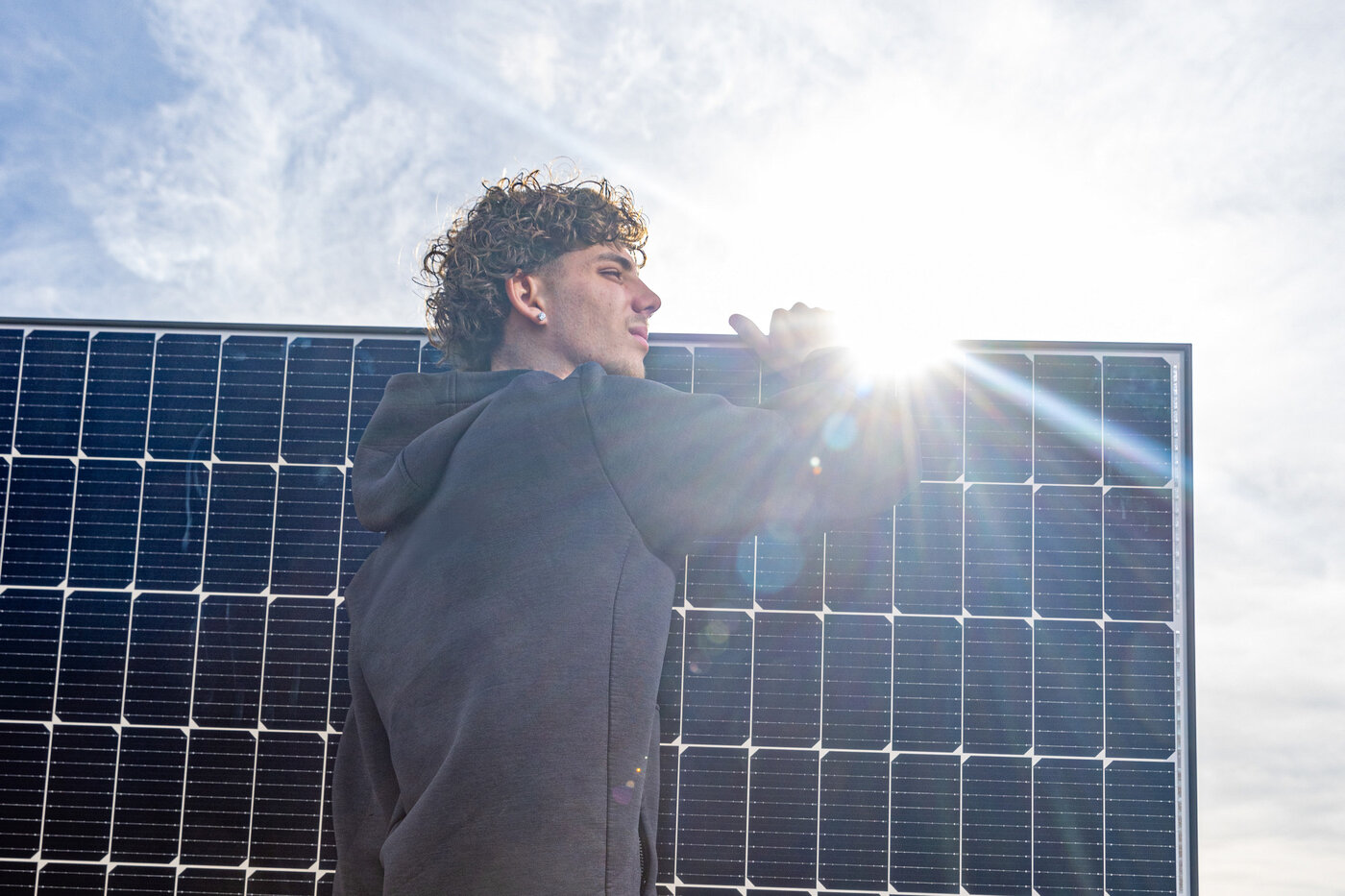
bildung
Berufsbildung
Im August 2024 sind die neuen Berufslehren in der Solarbranche gestartet. Die beiden Berufe Solarinstallateur:in EFZ und Solarmonteur:in EBA wurden in Zusammenarbeit mit Polybau entwickelt und in das Berufsfeld Gebäudehülle integriert.
Mehr Informationen
In der Fachwissensdatenbank von Swissolar finden Sie aktuelle Merkblätter,
Leitfäden und andere hilfreiche Informationen zu den Themen Technik,
Wirtschaftlichkeit, Batteriespeicher, Elektromobilität, Recycling und vielen weiteren.
Artikel wurde dem Warenkorb hinzugefügt
